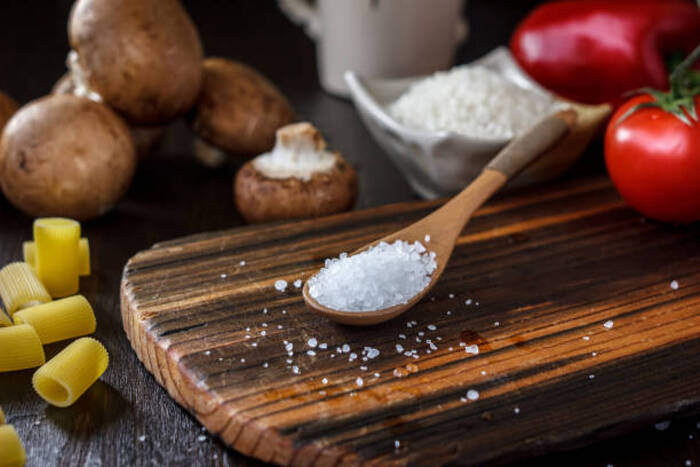After 15 years of promoting the use of iodized salt, Italy is 'iodine sufficient', with a strong decrease in the risks related to nutritional iodine deficiency, first of all goiter and its evolution into nodular goiter, even if some critical issues still remain in pregnancy. The security of the program has been confirmed. This was recorded by a study coordinated by the National Observatory for the Monitoring of Iodine Prophylaxis in Italy (Osnami) of the ISS published in the Journal of Clinical Endocrinology & Metabolism, conducted between 2015 and 2019 with the PASSI surveillance system, also coordinated by the ISS, the Regional Observatories for the Prevention of Goiter, the Regional Neonatal Screening Laboratories and the AIFA Medicines Observatory.
Despite the progressive reduction in salt consumption, Italy was found to have 'sufficient iodine', with a prevalence of iodized salt use of 71.5% in adults and 78% in school canteens. Consumption is higher in the North, among women and people with higher socioeconomic status.
The prevalence of goiter in school-age children was 2.2%, much lower than the threshold of 5% above which this pathology is defined as endemic. The presence of thyroid nodules in the infant population was also low (2%).
The percentage of infants with a value of TSH (thyroid hormone TSH, a marker used to screen for congenital hypothyroidism and useful for assessing iodine intake in pregnancy) greater than 5 microunits per liter is 5.1%, a value significantly lower than in the past but still higher than the limit of 3% considered sufficient.
The use of iodized salt was found to be safe, with a low frequency of thyroid autoimmunity in school age and hyperthyroidism throughout the population.
"There are still some concerns about iodine nutrition in pregnancy when the need increases," comments Antonella Olivieri, scientific director of OSNAMI.
All rights reserved © Copyright ANSA

